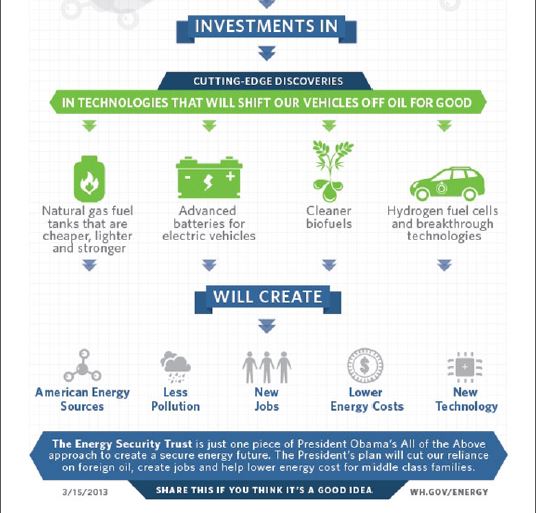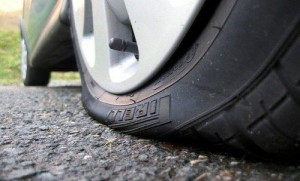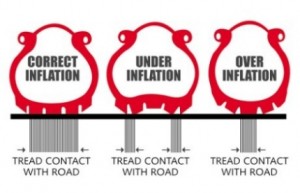 Transportation accounts for almost 70% of the fuel consumption in the United States. The vehicles we drive, whether for business or for personal use, represent the best potential for improving our energy efficiency. According to the Department of Energy, drivers spend 3.7 billion hours sitting in traffic every year, wasting over 2.3 billion gallons of fuel in the bumper-to-bumper mess and costing the economy $78 billion.
Transportation accounts for almost 70% of the fuel consumption in the United States. The vehicles we drive, whether for business or for personal use, represent the best potential for improving our energy efficiency. According to the Department of Energy, drivers spend 3.7 billion hours sitting in traffic every year, wasting over 2.3 billion gallons of fuel in the bumper-to-bumper mess and costing the economy $78 billion.
This compelling evidence has prompted NitroFleet99 to foster partnerships with the Clean Cities Coalition, the National Association of Fleet Administrators [NAFA], the Environmental Protection Agency, and the DOE in order to recognize the need for better solutions for managed fleets. After all, there has to be a way to improve that, a way that’s more than carpooling, driving less, and purchasing brand new vehicles with improved gas mileage.
Is There a Solution?
Nitrogen tire inflation has been widely used for decades by the airlines, big industry and professional motor sports such as NASCAR. Since nitrogen is different from compressed air, – it’s use in tires has been evaluated independently for it’s effect on rubber. Tires companies such as Bridgestone, Goodyear, and Ford have concluded from their research that nitrogen permeates through a tire wall between three and four times more slowly than compressed air – which is actually 76% Nitrogen, 23% Oxygen [which contains moisture and is the enemy of
rubber] and 1% trace minerals.
The benefits that nitrogen tires offer: more evenly inflated tires that retain pressure longer, a better fuel economy by up to 6%, and increased life of the tire (whether new or used). A tire converted to nitrogen will last up to 30% longer, thereby reducing the environmental impact of the over 300 million worn tire casings that are disposed of in landfills and bodies of water around the
world every year.
What’s Nitrofleet99 Doing about This?
As part of the EPA’s Green Gas Station model for the future, NitroFleet99 is providing nitrogen systems to five model sites in California and Texas that feature LEED [Leadership in Energy and Environmental Design] certified buildings and alternative fuels. GoNitroTire is working to create a network of Nitrogen service providers across the U.S. under the NitroFleet99 brand to provide a uniform nitrogen services network for both consumers and the fleet community. By 2015, there will be 59 metropolitan areas with populations greater than 5 million – up 50% from just 2001. In 2007, the world crossed a epochal threshold – for the first time in history the majority of the human population lives in cities, changing the way individuals and businesses travel and manage their tires. This will be done through hybrid tires and nitrogen tire inflation, and at a reasonable cost. A passenger vehicle will cost about $29.95 for all four tires to be converted to nitrogen in just five to 10 minutes time.
A Network of Nitrogen Services is Possible
The cities of Kansas City, Mo., Kirkwood Mo., and the Pennsylvania Department of Transportation have already chosen nitrogen tire inflation and have already decided that it is a better alternative to air. It’s only a matter of time before others make that choice, decreasing pollution and our dependence on foreign oil while increase our energy security and our chances for a better energy future. President Obama, before his last inauguration, called for Americans to manage their tire pressure on their vehicles more carefully and to help ensure a better fuel economy. Will you listen?







